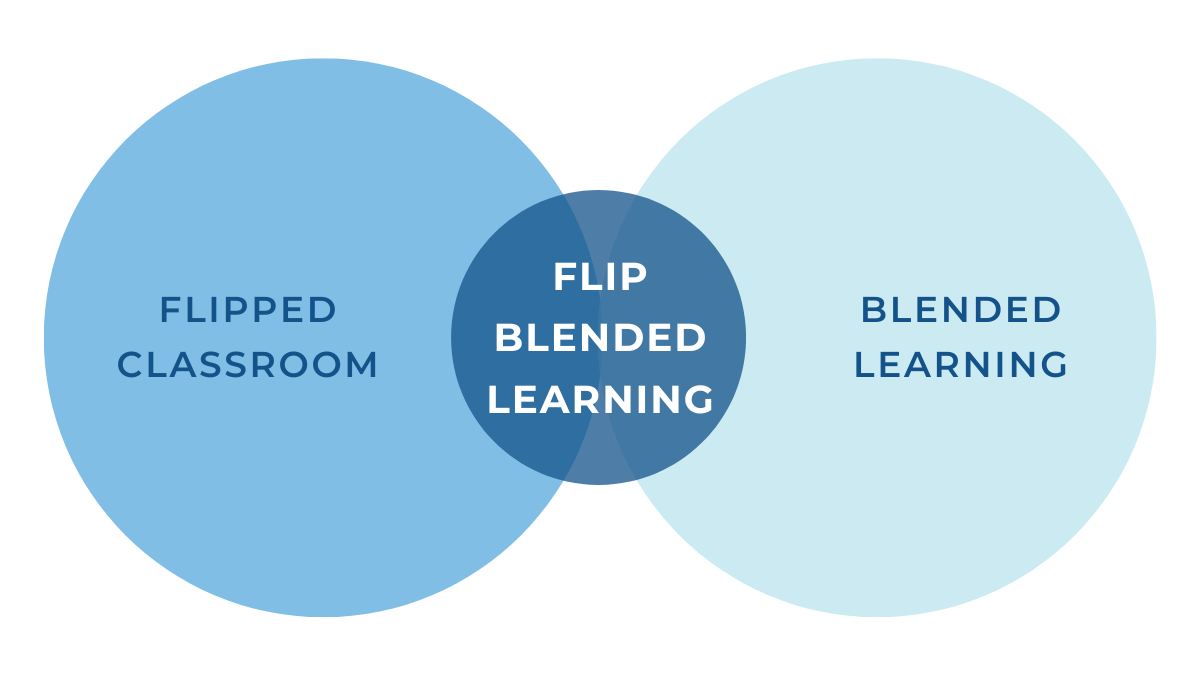The Flip Blended Learning methodology is a combination of two teaching models: flipped classroom and blended learning (hybrid, blended learning), which, using innovative teaching methods and modern technologies, addresses today's educational challenges from both the student and faculty perspective.

Drawing from the aforementioned models, FBL combines two aspects of blended learning, namely the traditional student-teacher meeting during classes and the material prepared earlier by the instructor and available online. FBL also changes the traditionally understood sequence of student activities taking place in the lecture hall and outside of it, by using the flipped classroom method. In practice, the instructor prepares, for example, a short video recording explaining the topic, which students can watch anywhere and anytime before coming to class, while in class, the topic is further developed and deepened through practical exercises and tasks such as projects or discussions. Simplifying, the task that the student previously performed at home now takes place in the classroom, whereas the lecture part, usually conducted in class, is reviewed by the student at home. As a result, the focus shifts from the teacher to the student as the main actor in the educational process, and the center of gravity of educational activities moves from teaching to learning, thereby increasing the effectiveness of the classes and the level of student engagement.

Class planning within FBL is based on the BOPPPS structure (Bridge In, Outcomes, Pre-Assessment, Participatory Learning, Post-Assessment, Summary) and involves the use of many activating methods, such as the metaplan method, working with metaphors, Oxford-style debates, case studies, and team-based project methods. Flip Blended Learning also entails the use of various digital tools designed to enhance the flow of the classes, meeting the needs and expectations of contemporary generations of students (such as millennials and Generation Z), and also to streamline the process of preparation and execution of classes from the perspective of the instructor. Among the most popular tools are boards like Miro, Padlet, and Mural, as well as tools such as Canva, Mentimeter, Edpuzzle, Curipod, Copilot, and AI tools.
The FBL method benefits both students and instructors. As research conducted at numerous American universities and high schools shows, student engagement levels nearly double compared to traditional classes. There is an increase in students' sense of responsibility for their learning process, while the teacher gains more time to work with individual students.